
Today, I want to talk to you about a car that perfectly blends speed and style — a vehicle that has not only proven its worth on the racetrack but has also earned its place in the hearts of collectors as a timeless masterpiece of automotive art, appreciating in value with every passing year. Meet the mid-engine sports car: the Porsche 904, officially known as the Porsche Carrera GTS — a true fusion of design and engineering excellence.
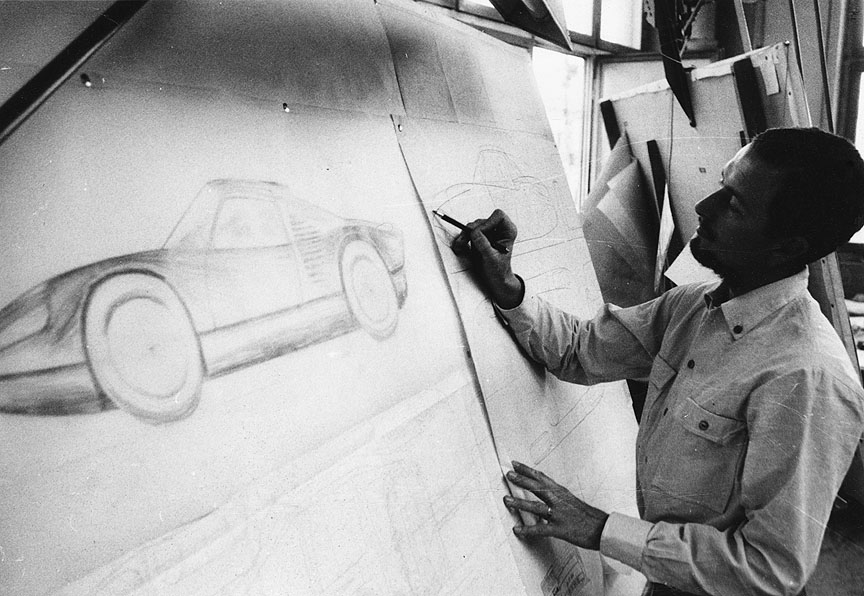
The story begins in 1962, when Porsche founder Ferdinand “Ferry” Porsche and technical director Hans Tomala decided to develop a vehicle that could compete with honor in GT-class racing. According to FIA regulations, they were first required to produce 100 homologated units for the car to qualify. The German engineers were fully aware of the massive task ahead, yet retreat was not an option. The team quickly began working on the car’s design.
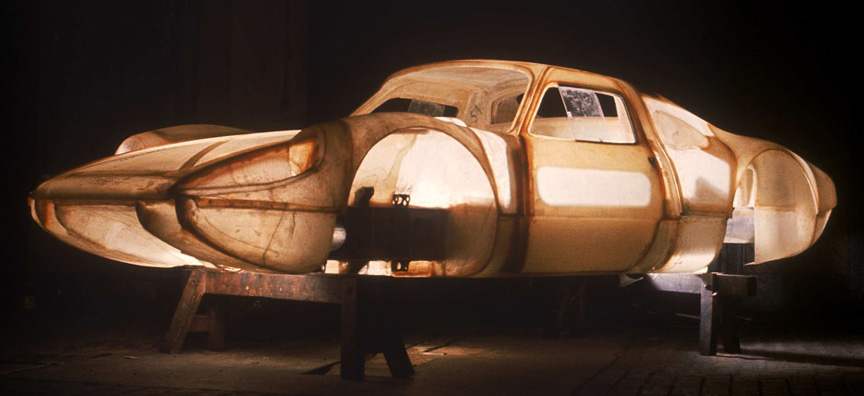
To reduce weight, Porsche chose to build the body from fiberglass-reinforced plastic — an innovative decision at the time. The result was a remarkably lightweight structure: the chassis weighed only 54 kilograms, while the body panels added just 82 kilograms. The car featured independent front and rear suspension, a double wishbone layout, coaxial coil springs, and adjustable shock absorbers, offering both handling precision and ride comfort.
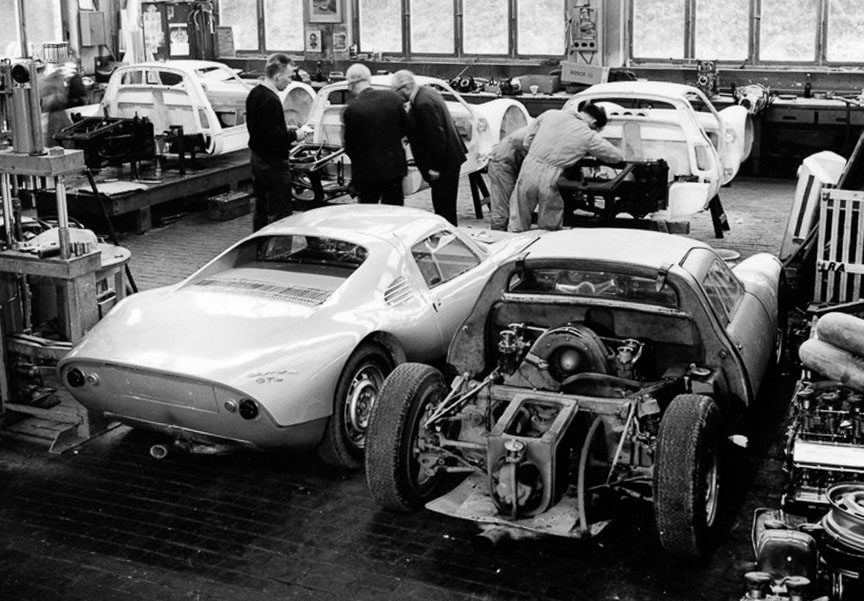
The engine was mounted ahead of the rear axle — a mid-engine layout for optimal balance. Originally, Porsche planned to use the new six-cylinder engine from the Porsche 901, but development delays forced a rethink. Time was short, so the engineers made a simple yet brilliant decision: they used the 2.0-liter, four-cylinder, four-cam Type 587/3 engine from the Porsche 718 RSK. This engine produced 180 horsepower and was paired with a five-speed manual gearbox. The 587/3 is still regarded as one of the most technically complex four-cylinder engines ever built.
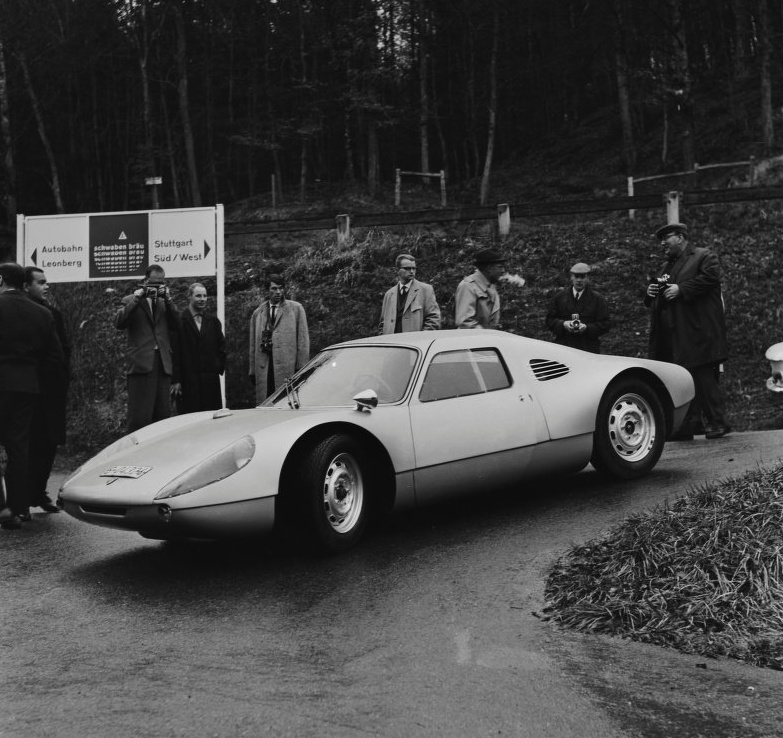
The Porsche 904 made its debut on November 26, 1963, at the Solitude racetrack near Stuttgart. On the very first day, Porsche received 60 orders. Neither the high price (29,700 Deutsche Marks) nor the requirement for a one-third down payment discouraged buyers, even though delivery would take several months. Production began at the end of 1963, and demand was so high that all 100 units — including those originally intended for racing — were sold at lightning speed.
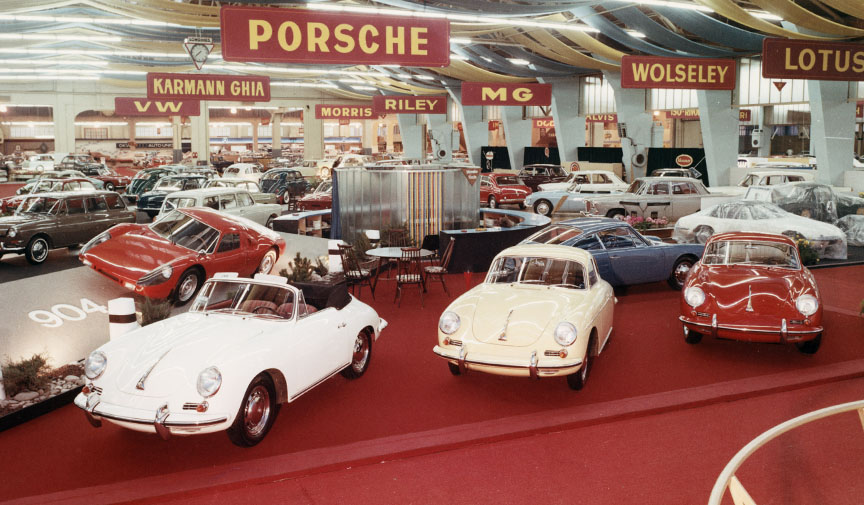
The car had its official premiere in March 1964, at the 34th Geneva International Motor Show, presented as Porsche’s latest sports car. This was one of the rare occasions when a race car was designed for dual use — both for competition and for road driving. Unfortunately, the complexity and cost of fiberglass production meant that large-scale manufacturing was not feasible.